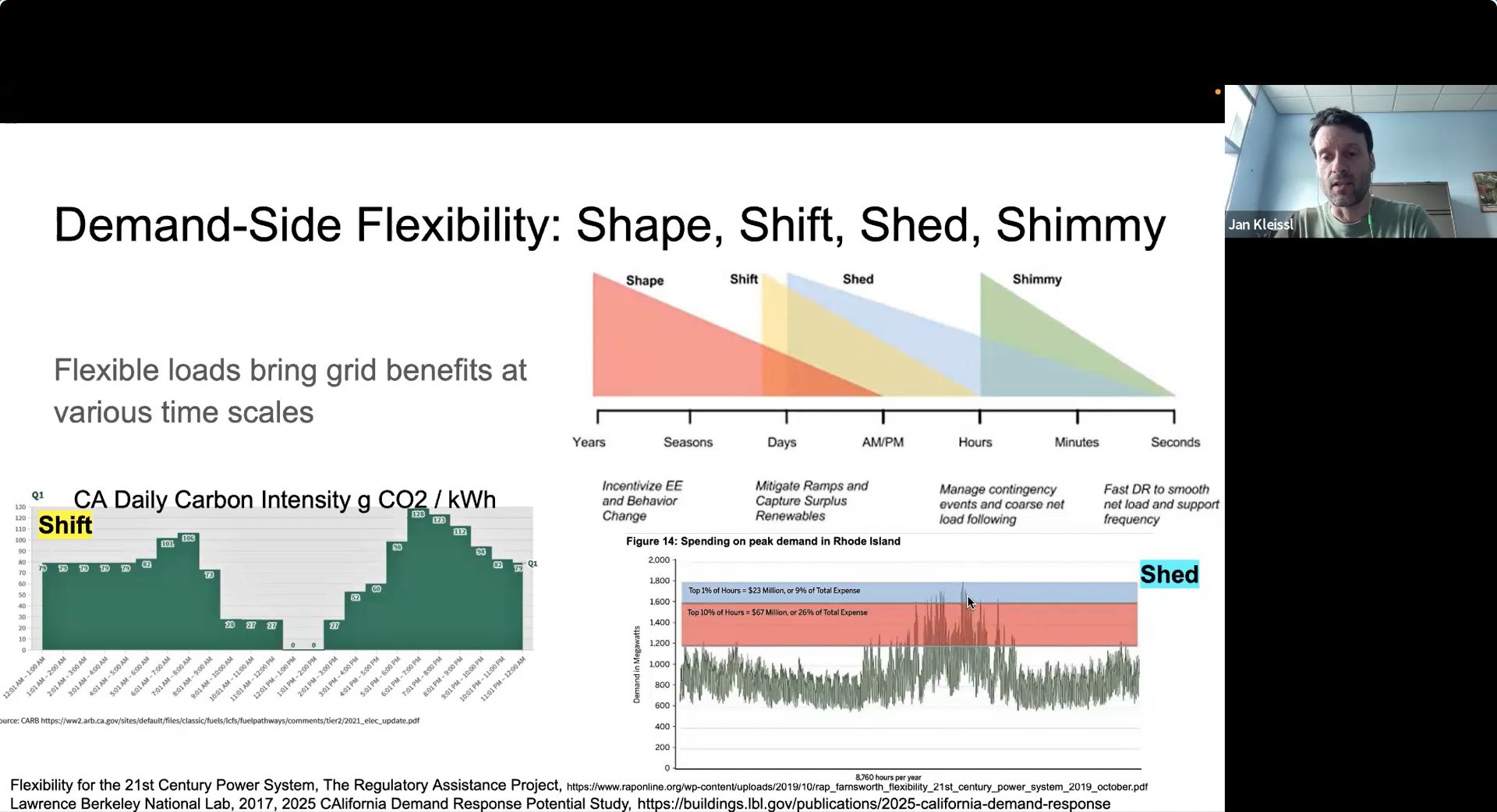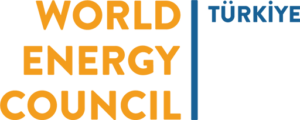 Monday, October 02, 2023
Monday, October 02, 2023
As part of our ‘‘WEC Mondays-Guest Speaker Series’’ we hosted Jan Kleissl, Co-director of the California Solar Energy Collaborative.
In Jan’s presentation on ‘‘Distributed Energy Resources Connect’’, Jan highlighted:
· Distributed energy resources (DER) are small-scale energy resources usually situated near sites of electricity use, such as rooftop solar panels and battery storage. Their rapid expansion is transforming not only the way electricity is generated, but also how it is traded, delivered, and consumed.
· California has 30 GW of grid capacity. In the last decade, California has built up its renewable energy, predominantly in solar power. On April 3, 2022, an unprecedented 97.6% of electricity came from renewables.
· High dependence of solar power output on weather conditions often results in fluctuating power output. However, once it goes from cloudy conditions to clear conditions solar power output increases drastically.
· Consumption behavior should be in line with solar power output in order to minimize the discrepancy between supply and demand. For instance, instead of charging your electric vehicle in the evening when you get home from work, charge your EV during the day while at work.
· Most economical and robust solution for renewables output and consumption discrepancy is controllable loads. Implementation of millions of DERs that are coupled with controllable loads such as electric vehicles, rooftop PV and battery storage will enable the consumers to take control of their own energy demand and depend less on large, centralized grids.
· Connection and communication between DERs and power grids are of vital importance. A smart micro-controller that is not only connected to an EV but also to micro-controller of other DERs (rooftop PV for instance) can communicate through Data Layer to activate or deactivate the energy use of that EV.
· Distributed Energy Resources Management System (DERMS) is the key to enhance coordination between grids and end-users. Properly designed DERMS should not only be able to handle all communications between the grid and all DERs, but it should also be capable of storing database, visualizing the fluctuations, providing remote users access.
· The future of DER connect requires more awareness from energy users to understand how DERs operate. It could be as simple as charging electric vehicles during the day. More importantly, renewable energy output should increase drastically so that electrification and smart inter-connected grids become more common.
· However, it can be argued that DER connect might jeopardize users’ privacy and make the system more vulnerable to cyberattacks. Hence, Distributed Energy Resources Management System (DERMS) should also strategically target these issues before connecting billions of DERs.
